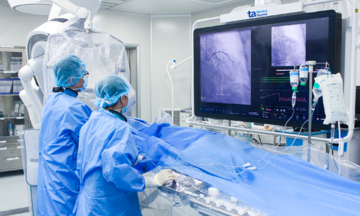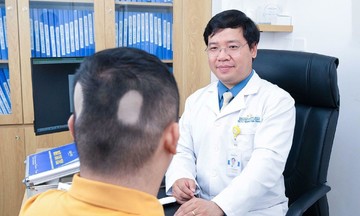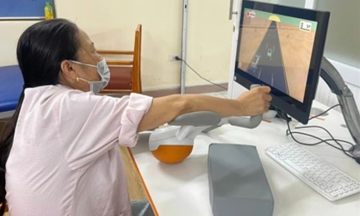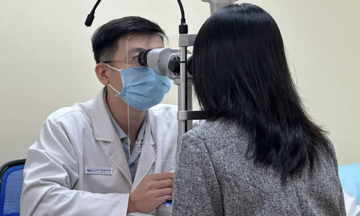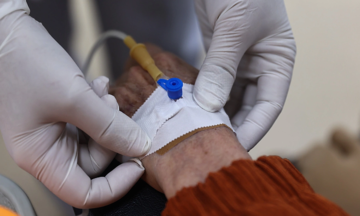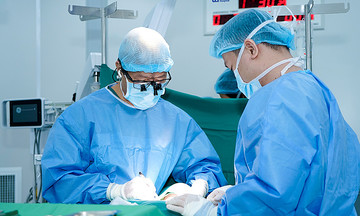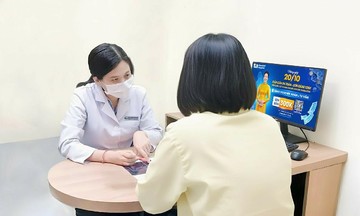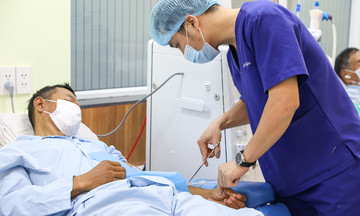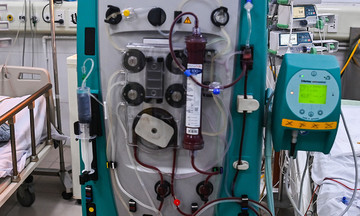This projection emerged from a national conference on sustainable medical tourism, co-hosted by the Ministry of Health and the Ministry of Culture, Sports, and Tourism in Lam Dong Province on 26/8. Deputy Minister of Health, Professor Doctor Tran Van Thuan, emphasized the economic and reputational benefits of medical tourism. Reports indicate Vietnam's medical tourism market reached $700 million in 2024 and is projected to reach $4 billion by 2033.
"Medical tourism in Vietnam has the potential to become a lucrative export service and a new driver of economic growth," stated Associate Professor Doctor Tran Quang Binh, Chief Medical Officer of the Tam Anh General Hospital system in Ho Chi Minh City. Vietnam's advantages include competitive costs, specialized expertise, hospitable people, unique cuisine, and a favorable climate. Many hospitals have earned international certifications for specialized treatments, enhancing Vietnam's standing in the regional medical tourism landscape.
"High treatment efficacy is a key advantage, encouraging international patients to return and recommend our services to others," added Associate Professor Binh.
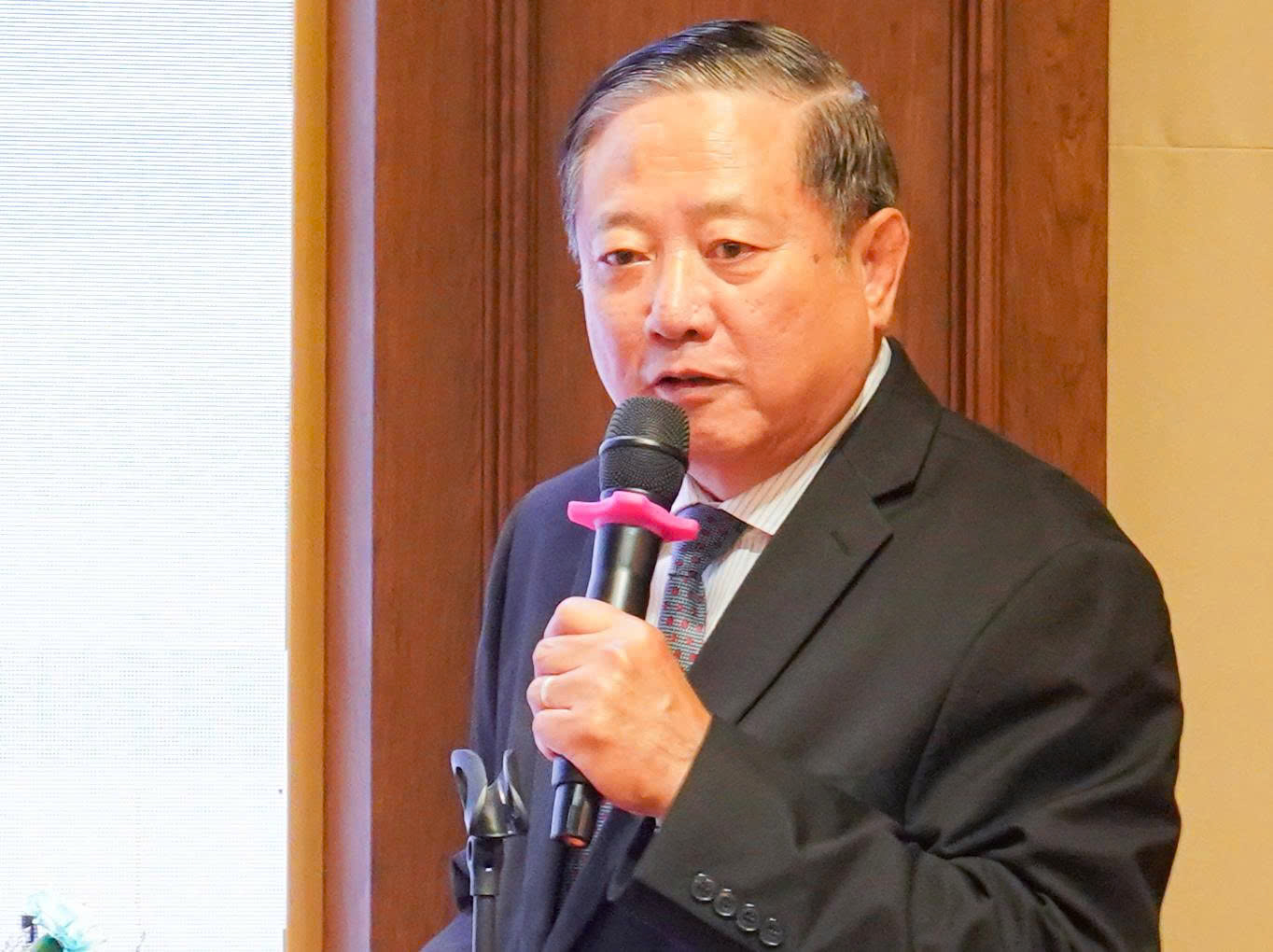 |
Associate Professor Doctor Tran Quang Binh, Chief Medical Officer of the Tam Anh General Hospital system in Ho Chi Minh City, speaking at the conference. Photo: Hospital provided |
Associate Professor Doctor Tran Quang Binh, Chief Medical Officer of the Tam Anh General Hospital system in Ho Chi Minh City, speaking at the conference. Photo: Hospital provided
With healthcare increasingly becoming a factor in national competitiveness, Vietnam is strategically positioning itself as a regional healthcare hub. This strategy combines high-quality, affordable medical services with a diverse tourism and hospitality ecosystem. It aims to attract international patients not only for treatment but also for recuperative tourism, combining Eastern and Western therapies, and proactive healthcare.
Experts, however, point to a current lack of coordination within the medical tourism ecosystem. They advocate for a robust legal framework to protect international patients and medical staff, along with specialized medical visas to facilitate treatment access for foreigners. Also needed are mechanisms for accepting international health insurance at domestic facilities, enabling direct billing for patients. Standardizing personnel, equipment, and amenities is crucial for creating a seamless service chain and enhancing the experience for international patients.
Experts suggest that public and private sectors should collaborate in developing medical tourism. Leveraging each sector's strengths, such as experienced professionals, modern hospital-hotel models, and advanced equipment, can contribute to national medical tourism growth and maximize its potential.
Vietnam is an attractive tourist destination with numerous internationally recognized natural and cultural heritage sites, according to the Vietnam National Administration of Tourism. Stronger partnerships between travel agencies and hospitals can foster comprehensive care packages and boost the competitiveness of the medical tourism sector. Promoting Vietnam's healthcare image internationally, similar to South Korea's approach with cosmetic surgery or Thailand's with cardiology, is essential for attracting more international patients.
To attract more international patients, domestic hospitals are enhancing their brand image and treatment efficacy. Associate Professor Binh cited Tam Anh General Hospital as an example, highlighting its investment in advanced AI-integrated surgical robots across multiple specialties. The hospital has successfully treated complex cases at a fraction (1/10 to 1/40) of the cost in developed countries. In the field of infertility, Tam Anh's IVF success rate is nearly 79%, comparable to leading global centers, but at 1/4 to 1/6 the cost of treatment in countries like the US and Australia.
With an average annual growth rate of 18% and a convergence of favorable conditions, experts believe Vietnam has a significant opportunity to develop medical tourism as a key economic sector.
In the next decade, Vietnam aims to become a trusted healthcare destination in Asia. The country envisions exporting not only textiles, footwear, wood, coffee, rice, cashews, seafood, fruits, vegetables, and rubber but also on-site medical expertise.
Bao Anh



